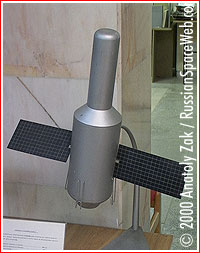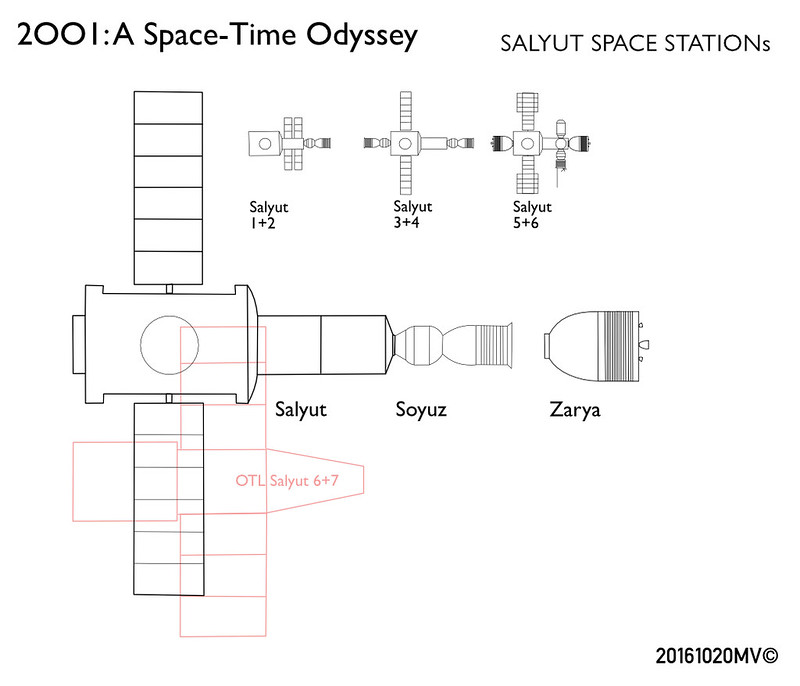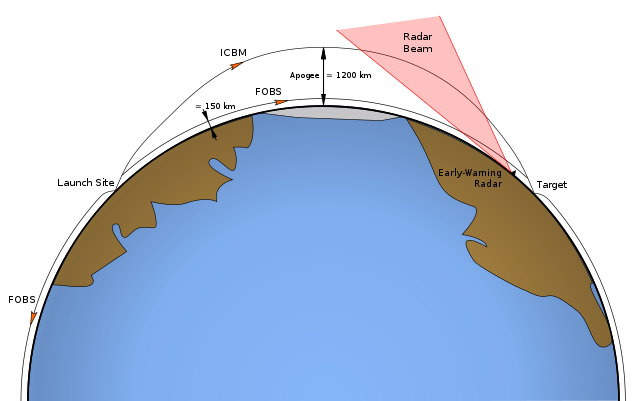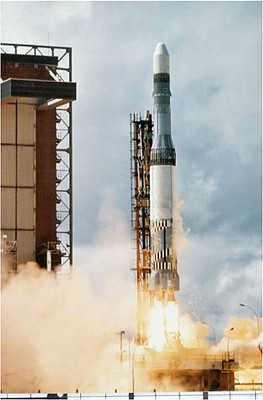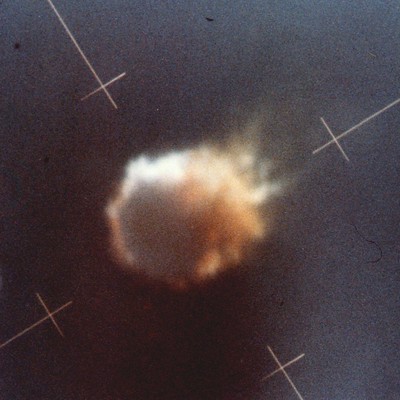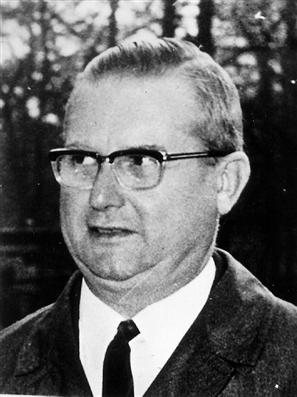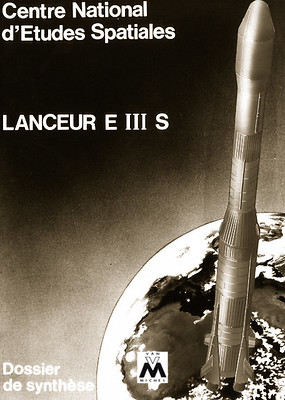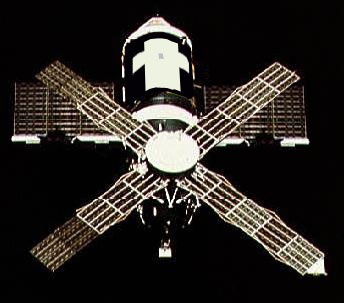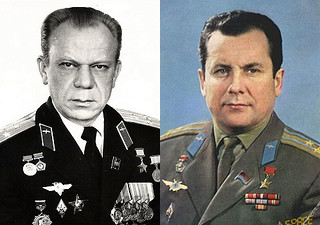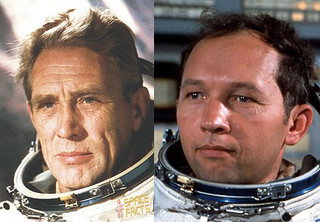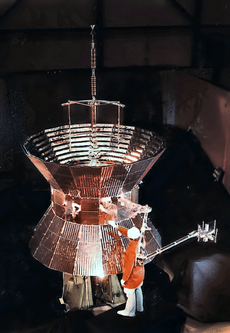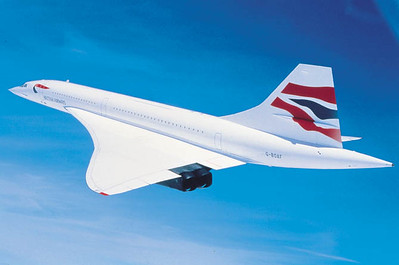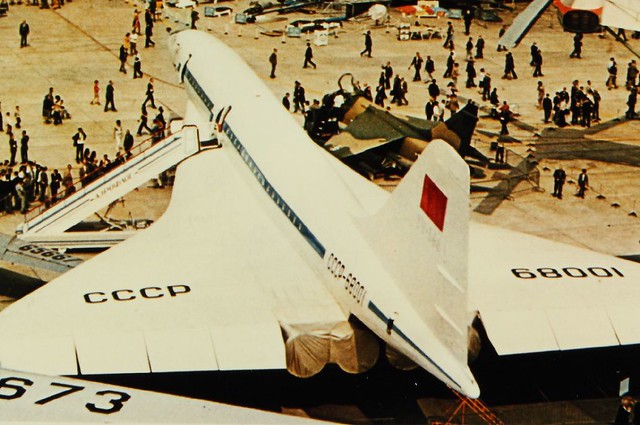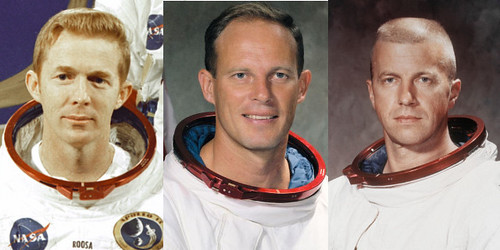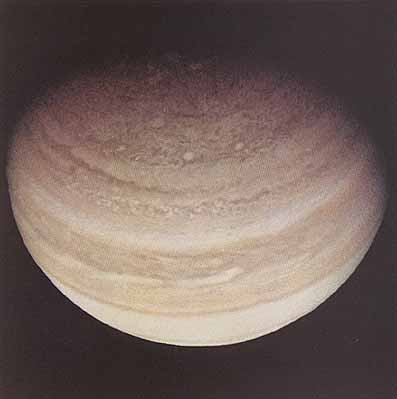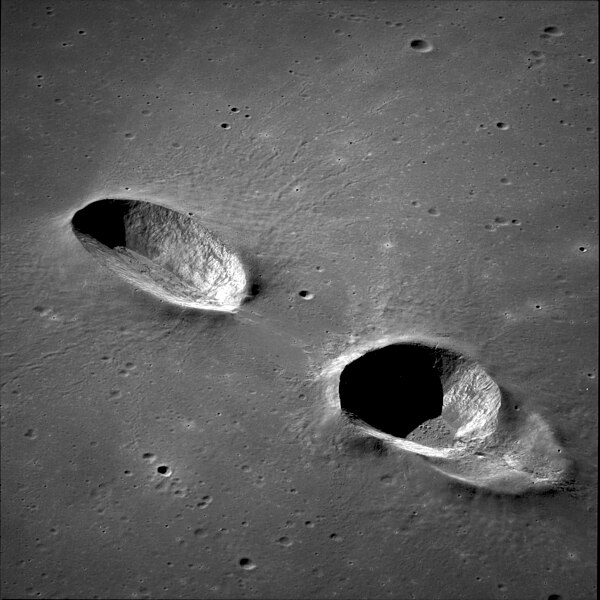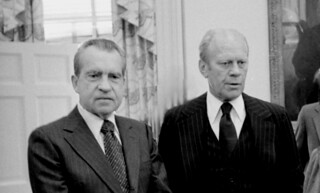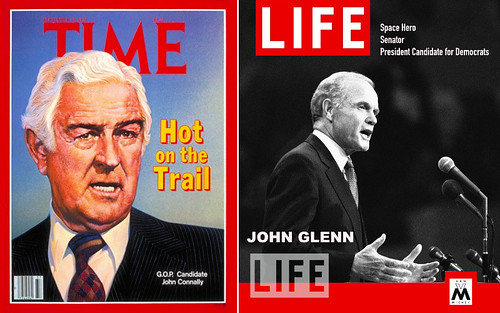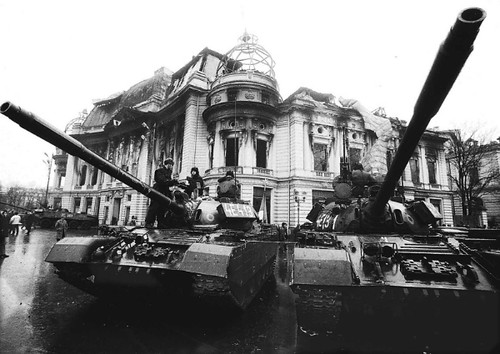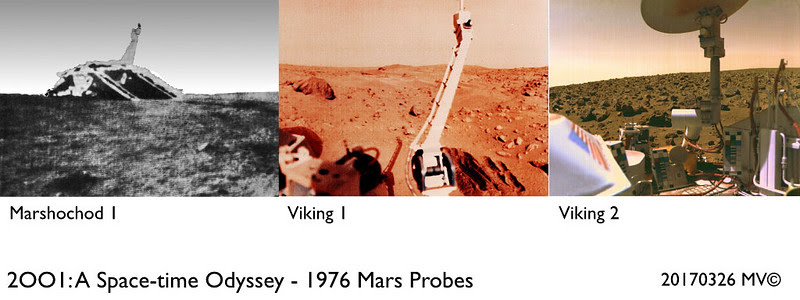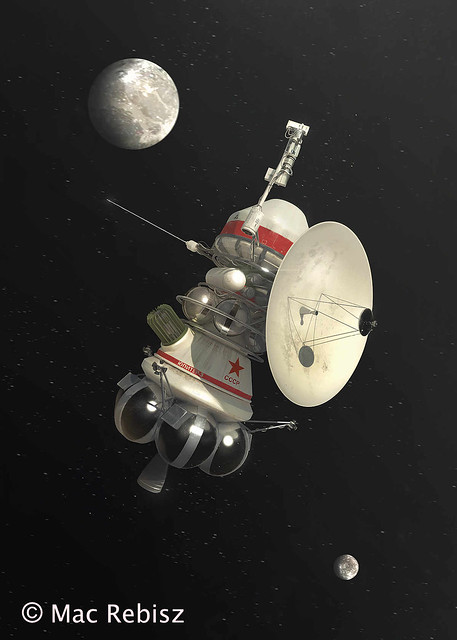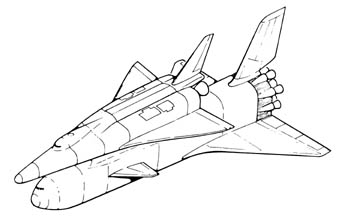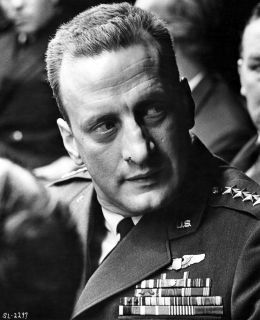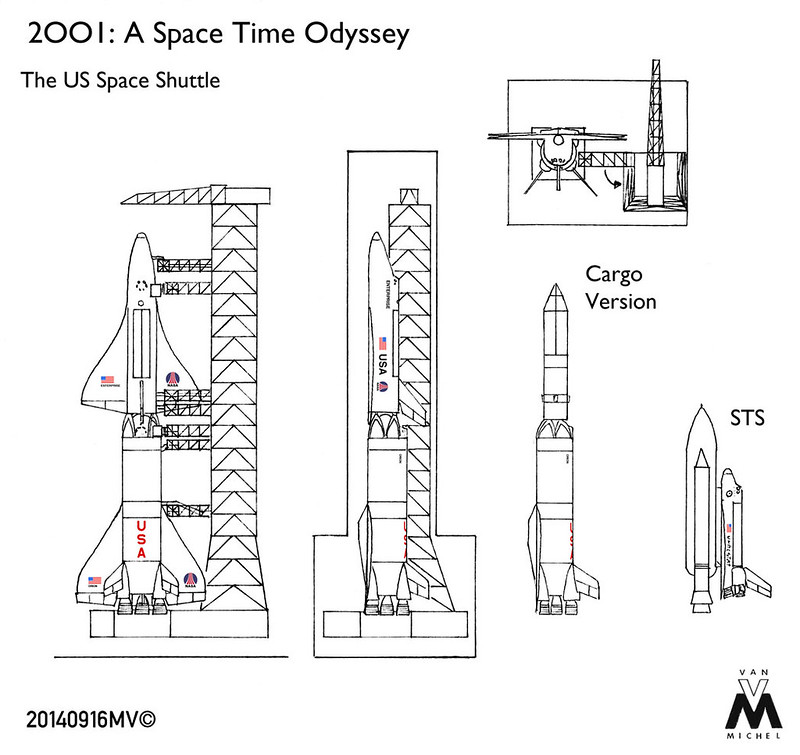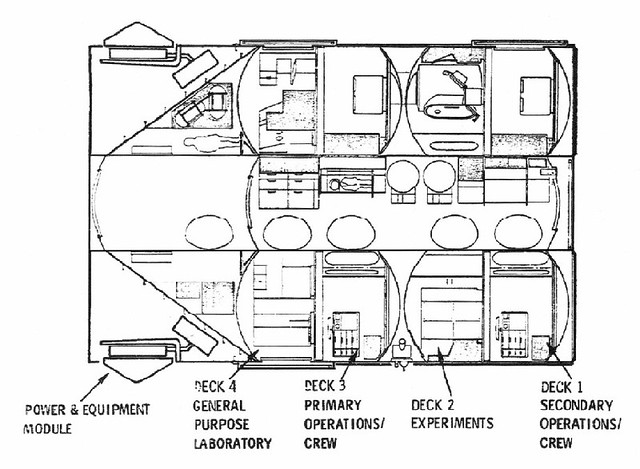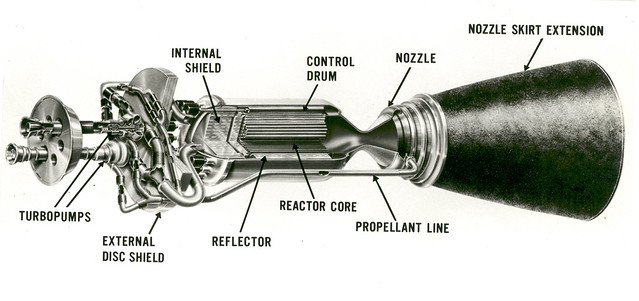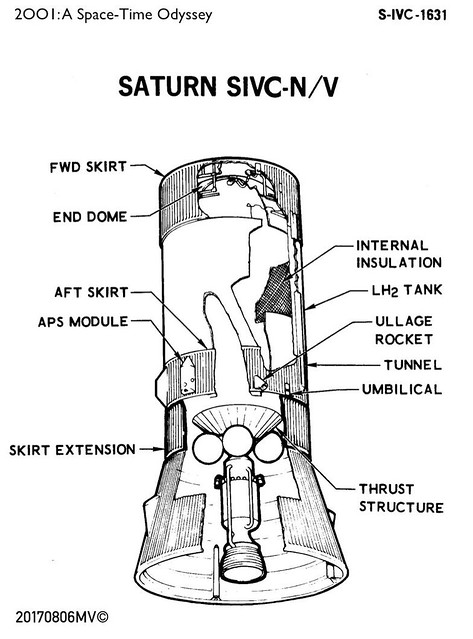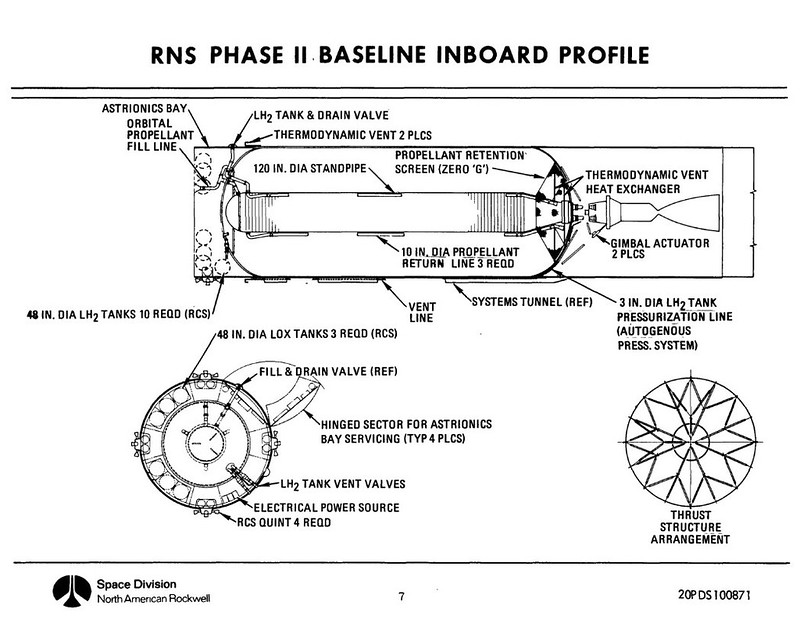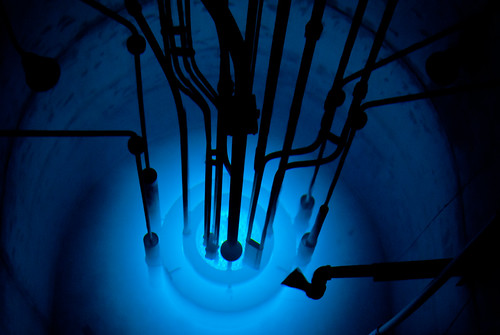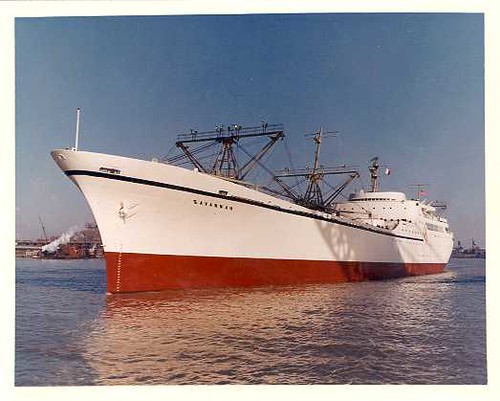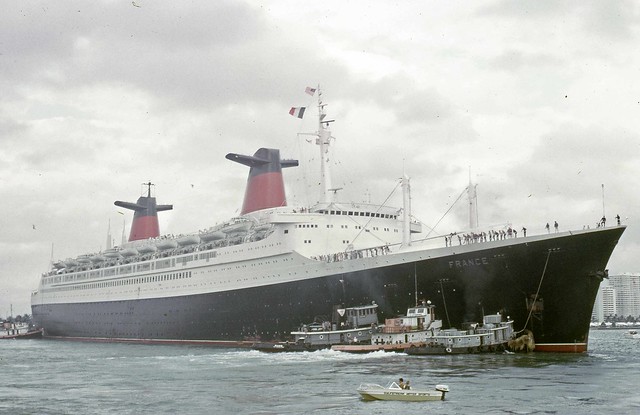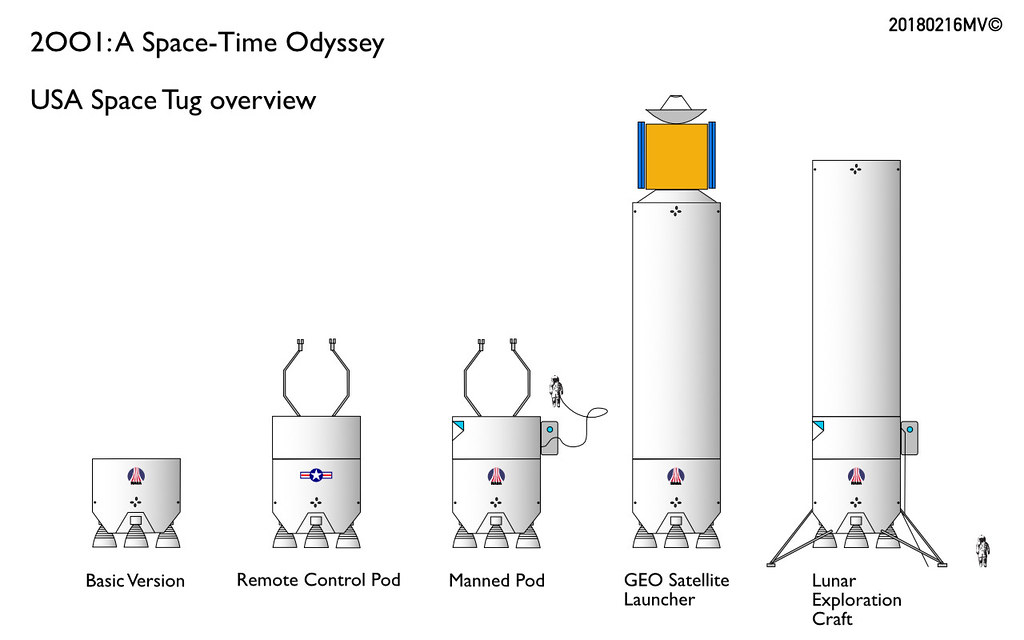US Space activity in 1975
Project DELOS
The new collaboration of the USAF and NASA began in the early 1970s.
One area of cooperation was the joint-venture Space Shuttle, the others being the Space Tug and Nuclear Shuttle.
After the USAF lost the MOL program in 1968, it now had a second chance for manned mission into orbit.
Therefore the USAF began co-financing the Shuttle, Space Tug and NERVA engine,
Which was ironic given that Nuclear thermal rockets were originally a USAF project transfert to NASA.
The next joint-venture was the project DELOS,
A technology development program for NASA's Odyssey and the USAF's Military Space program.
Its goal was to test hardware needed for the Space Tug and Nuclear Shuttle.
The first series of DELOS satellite were testing advanced cryogenic propellants tanks, proposed by US aerospace industry,
the satellites used Centaur tanks wrapped in Super-insolation and sensors.
In addition new propellants were tested besides hydrogen and oxygen such as methane, ammonia, fluorine
and FLOX a mixture of oxygen and fluorine.
From 1975 a series of Titan IIICs brought the first Delos satellites into orbit to test long time storage of cryogenic propellants in orbit.
Oddly, fluorine went quite well, until the corrosive element found a weak spot,
corroding it’s Tank degassing valve until it perforated and entire tank contents dispersed into the vacuum.
This led to the loss of Delos 2. Next to follow was Delos 3, which tested a mixture of oxygen and fluorine and how it separated over time. Again the fluorine also corroded the weak spot in its tank.
The results of Delos 1 showed cryogenic hydrogen and oxygen could store for up to 310 days,
Adequate for operating space tugs and nuclear Shuttle around Earth and Moon, but not for Mars missions.
NASA had to send improved cryogenic propellants tanks into orbit to test longer durations.
On Caldwell Johnson behalf, other Delos satellite tested remote manipulator demonstrators for future Tugs.
One of models tested was built by the small Canadian firm DSMA Atcon.
The target for those Delos satellites was the hibernating Skylab-5 station
Also tested were the Reaction Control Systems with new propellants like the highly toxic CIF5/MHF-5*
The last Delos satellites were prototypes of the Tug Propulsion Module and a huge hydrogen fuel tank for the RIFT-2 mission.
*=
CIF5 is Chlorine pentafluoride, MHF-5 is 55% Monomethylhydrazine, 26% Hydrazine and 19% Hydrazinium Nitrate,
beliefe me very very toxic stuff !
NASA
Busch and Mueller hat to solved a series of problems, such as the rising cost of Odyssey,
They cut the last three Apollo missions for several reasons, increasing Solar activity, budgetary reasons and logistics.
The Saturn-derived Earth-to-Orbit Shuttle and the Saturn VC Program had consume more money than expected.
Even with a budget that had steadily grown since 1967, something had to give which ended up being the last Apollo missions and
the "Planetary Grand Tour" (Replace by a smaller effort known as Pathfinder).
Also Launch Complex 39 had to be modified for the new systems, at least 24 months were needed
to replace the ten year old hardware for the new optimized for Saturn Shuttle and VC.
The three remaining Saturn VBs were mothballed for future use, while the Lunar Modules went to Museums,
The CSM were also mothballed for use on Spacelab if needed.
From here the Odyssey orbital architecture would have to take over in 1980s with missions utilising the Nuclear Shuttle and Space Tugs.
Facing a new dilemma, their management system that Mueller had envisioned to make the Apollo program operative
began to become more a bureaucratic Moloch, that began eating into their money, needed for Odyssey. So Bush had to make reforms.
Other issues were lack employment of Women, Afro Americans and Asian Americans and cases of open racism in NASA.
And the "
Astronaut scandal" about Administrator Bush, son George Walker Bush,
Who as Air National Guard pilot without right qualification became a NASA astronaut !
While Democrats and media screams "
nepotism", was the matter more banal, those responsible were from JSC Management,
They wanted to express gratitude toward Administrator Bush, by selecting his Son as Astronaut and he barely qualified the tests.
Apollo 21
The next mission originally labeled Apollo 20 was originally planned to be last manned mission to moon for the Apollo program,
As planned in 1966, even though much had change since then.
Almost cancelled, then rescued by additional founding, it’s target was north of Crater Tycho.
The Saturn VB was the right tool to bring Apollo spacecrafts in higher inclination orbit around moon
The crew selected: Stuart Roosa, Jack R. Lousma, Paul J.Weitz.
For Rossa, a veteran of Apollo 14 mission, this was second landing to moon and this time as Mission commander not as CSM Pilot.
On April 20, the first manned Saturn VB launch CSM
Discovery and LM
Ares
(named after spaceships from Kubrick movie 2001: A Space Odyssey)
Stuart Roosa and Jack R Lousma landed the LM
Ares near Surveyor 7 early in the morning.
The first EVA was a simple standup through the LM top hatch to take panoramic pictures.
Then the crew left the LM and unpacked the Modularized Equipment Stowage Assembly, Lunar Rover and ALSEP
"It’s the abject smallness of the earth that gets you“
Stuart Rossa first words on moon.
After the work was done the crew returned to the LM for their nightly rest.
The next day the second EVA went 2 km north of the LM with 5 stops to collect samples. After 6 hours the Crew returned to the LM
The third EVA went 4 km south east of the LM with 5 stops
The fourth EVA went to east for 2 km with 5 stops,
the last one at Surveyor 7 where Roosa and Lousma dismantled parts of probe and took 10 kg on hardware with them,
Bringing pieces from Surveyor 7 and over 100 kg of Lunar samples back to Earth.
Those sample later proved that Tycho was formed by fragments of the Baptista Asteroid Family
The 6 years of exposure on Lunar surface was clear to see on the Surveyor 7 pieces.
However one result of SIM-bay Experiment was a enigma !
The Neutron Spectrometer, showed unusual results in the Southern and Northern higher latitudes of Moon.
In the beginning the geologist could’t interpret the results, after testing the Neutron Spectrometer for several minerals,
they found it:
Hydroxide !
This news hit like bombshell it was the key evidence of water on the Moon,
Suspected already as the Apollo 14 ALSEP had detected a burst of water vapor,
But this show there were large deposits at higher latitude on the moon, possibly even ice at the lunar poles ?
Despite this some scientists still disputed the findings, arguing that it could have been due,
to chemical reaction of solar Hydrogen with oxygen in the lunar regolith.
but for moment a open question what could be a answer in 1980s with Odyssey program lunar missions.
Viking 1 & 2
August and September two Saturn ICs sent the Viking Orbiter/Landers on route to Mars. They took a full year to arrive.
Meanwhile the Soviets had a Lunar rocket on the launch pad
At first the CIA believed it was another Zond mission to Moon, until NASA engineers noticed the lack of a launch escape tower and realised how close they were to a launch window for Mars and there fears were confirmed as this Luna-F blasted off to Mars!
A calculation show that payload was 20 metric tons, what behemoth had the Soviets send to Mars ?!
Pioneer 12
on June 27, Pioneer 12 arrive at Jupiter, it catapult the Probe 80° over ecliptic toward the sun.
A look over Iron Curtain
In the meantime the CIA noticed something on their satellite reconnaissance photos.
Since 1973 the Soviet had begun making modifications on their launch complex known as Site 250, 240 and 200.
That’s where the Soviet launch complex for the Nositjel family was.
The photos showed over time that installation for rocket fuel were modified,
Then in 1974 work started on a new installation on to the right launchpads.
NASA engineers looking at these photos believed they were storage and fueling facilities for liquid hydrogen.
In 1975 their evaluation were confirmed as very different Soyuz and Proton rockets rolled out of the large MIK-112 building
Instead of their typical conical design, their upper stages were largely cylindrical in form,
With much bigger payload fairings than had the used before.
They conduct a series of test launches were one of the new protons brought test satellites into Geostationary Orbit over the USSR.
TASS announced the introduction of the new advanced Proton-F-MV with liquid hydrogen upper stages.
Later photos revealed a new Lunar rocket with a huge cylindrical upper stage and fairing.
What had once been considered a Soviet Sledge Hammer attempt at matching the Saturn V
had now become a serious competitor to the Saturn V as obvious design advances and modifications were being made.
Another activity which also puzzle the CIA was that the Soviets had launch Cosmos 672 satellite into a High Earth orbit,
an orbit on the edge of the Earth-Moon system
The satellite was had an unusually powerful transmitter for it’s mission near Earth,
It made frequently Flybys of Moon (while not entering orbit around it) and Earth before transmitting it's data,
Which the the CIA could then translate into reconnaissance information.
In addition pictures from the Moon and Earth, data from a Geiger counter, Micrometeoroid detector, Magnetometer, several spectrometers and a Plasma-Analyser was include.
Also peculiar was the fact the satellite was very communicative with ground control, especially before the fly-by sections of it’s mission.
This was unusual because usually Soviet space-crafts were highly automated.
Also mysterious was the mission of this satellite, because they had send other smaller satellite with same experiments years ago,
So what was the real purpose of this satellite?
Another event surprised the CIA and NASA as Soviet rolled out a Luna-F rocket to launch pad
Consider as another Soyuz mission, until someone in CIA notice that this Luna-F had no Launch Escape Tower and
Was made ready for launch window to Mars, and launch during Viking 1&2 launch to Mars,
With payload capacity of Lunar Rocket what behemoth have Soviet launch to Mars ?!
Another activity of Soviets worry the Pentagon deeply. The Red Army conducted a series of Test with New ICBM
The ICBM codename by NATO as SS-9 Scarp hit is target in Siberia using trajectory over south pole !
This alert the Pentagon about new generation of Soviet ICBM, able to attack the USA from the South.
Also was distressing was, that one SS-9 Scarp launch a Satellite, that remain in orbit for while,
Then reenter and impacted in ICBM target site in Siberia!
Showing clearly that Soviet used SALT I treaty loopholes for install orbital strike system on ICBM.
